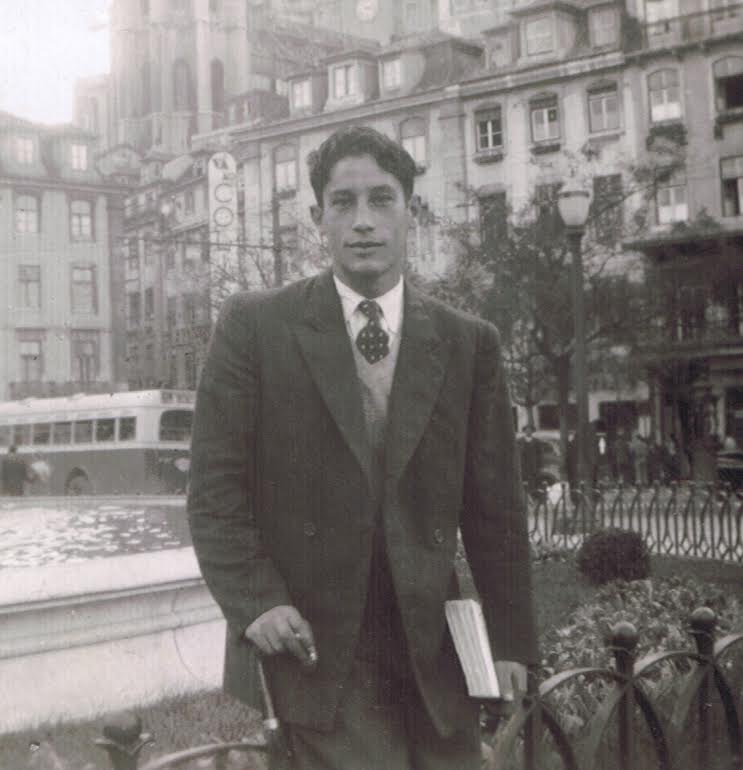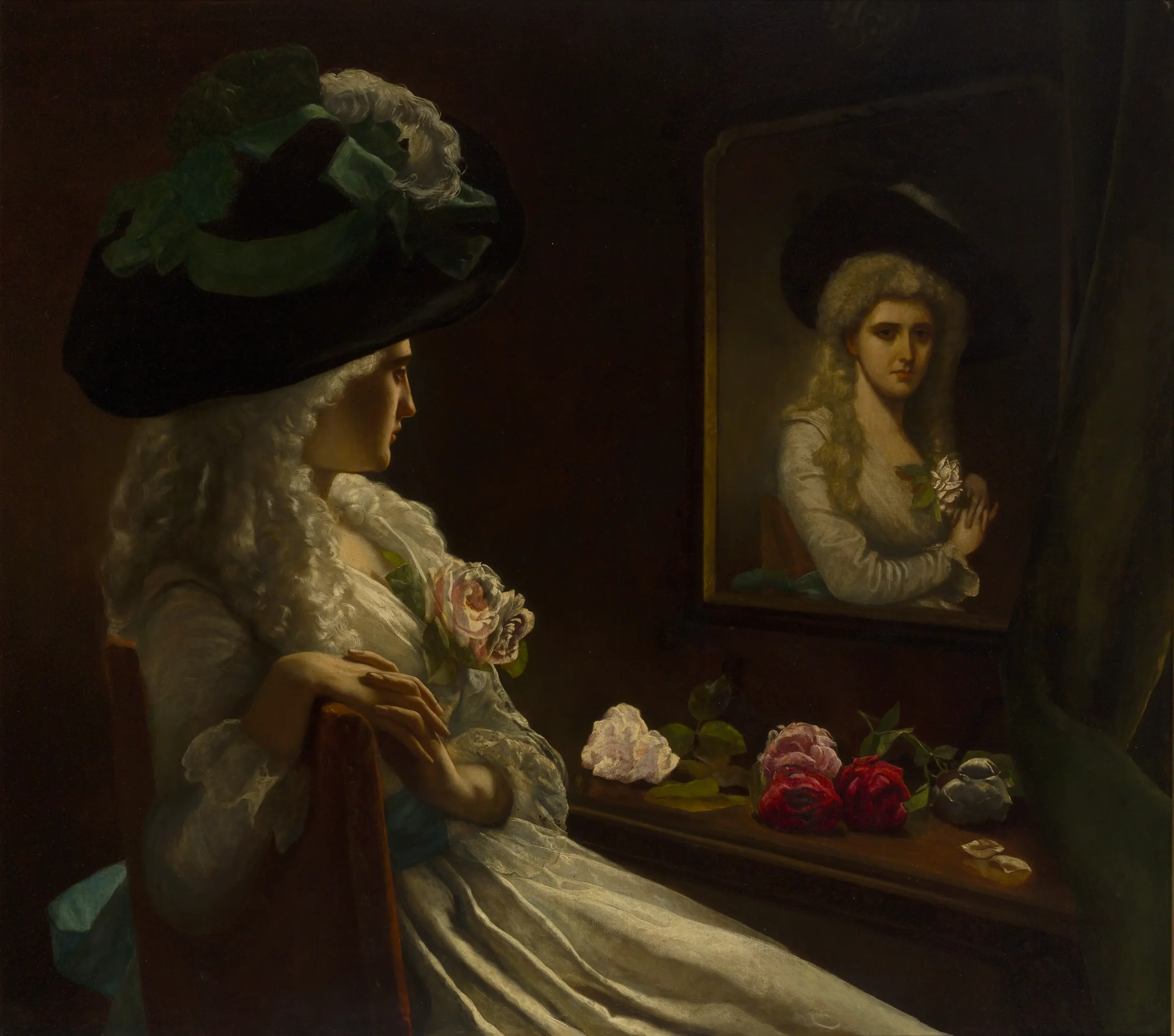“É a Tua face que eu procuro, Senhor.”
“It is Your face that I seek, Lord.”
The phrase inscribed upon the Portuguese writer António Telmo’s gravestone carries the purest confession of the soul. It is a sentence where philosophy becomes prayer. To seek the face of the Divine is to stand in the position of Sophia, who longs for the countenance of the Ineffable even while exiled in matter.

The words echo the Psalms, the voice of prophets, the cry of mystics, but they also speak with the clarity of Hermetic wisdom, since the human soul does not search in vain. When the heart says “It is Your face that I seek, Lord“, it is God Himself who has placed the desire there; the One looks upon Himself through the mirror of His creation. The stone of the tomb becomes a gate of Light, since in death, as in life, the ultimate gesture of the soul is to stretch toward the hidden Face.
I. The Face and the Mirror
The mystery of the face cannot be separated from the mirror. The One who is without image can only be encountered through reflection and reflection always inverts. What is seen is an echo; the face appears as Other and, in that inversion, duality is born. From the monad springs the dyad, from the dyad the drama of separation, and from separation the hunger of return. Sophia embodies this entire movement; she gazes toward the depth of God and discovers her own reflection scattered across the waters of creation.
This paradox sustains the entire spiritual path. The seeker cannot escape the mirror, since the cosmos itself is that mirror; and, within it, the face may be found. Even when fragmented, human desire is already the gesture of that search. Passions, errors, attachments are shadows upon the glass; when polished through vigilance and prayer, the glass becomes transparent to the Source. The face emerges when the mirror is transfigured. The soul learns that exile is distortion and that salvation is clarity.
II. The Rose and the Cross
The Rosicrucian tradition gave form to this vision through the union of the Rose and the Cross. The Rose unfolds petal by petal, image of desire transformed into love; the Cross stretches in four directions, binding heaven to earth and eternity to time. At the centre of both stands the mystery of the face. The Cross reveals the wound of division; the Rose shows the secret joy of reunion. Together they unveil that every wound may become a petal and every petal is a wound transfigured.
The words unum centrum, unum vas resound through the Rosicrucian manifestos: one centre, one vessel. To seek the face of the Lord is to seek that centre where all opposites meet. The Cross without the Rose is sheer suffering; the Rose without the Cross is fragile beauty; together they become vessel and mirror. At the centre where the wood intersects and the petals converge, the face of the Christ is revealed; not merely as historical memory, but as a comic axis of reconciliation. The seeker who gazes upon this symbol enters into the same prayer that António Telmo carried to his tomb: all forms of philosophy and labours of wisdom aims at that centre.
III. The Centre and the Return
The passions of matter are distorted prayers, repeating unconsciously Sophia’s gesture. To purify desire does not mean to erase it, but to lift it back toward its root. When fire is cleansed, it becomes ascent; when Eros is sanctified, it becomes ladder. The ceaseless quest of the soul is liturgy, even amidst the perils of incarnation; the repetition of longing is the way by which the face is approached.
At the centre the mirror and the face converge. In that moment duality ceases to wound, since the soul recognises that the search was never one-sided. The Divine was also seeking His own reflection within creation. When the mirror is clear, every fragment of creation becomes icon of the face. This union is the syzygy, the sacred pair, the two halves of the symbolon rejoined.
The human heart becomes Rose, the body becomes Cross, the cosmos becomes vessel. To seek the countenance of the Divine is to allow the whole of existence to be seen as mirror and to recognise that, within the reflection, shines the very face of the One. Telmo’s utterance is much more than a inscription of a life, but also prophecy of the soul; in that single sentence the destiny of Sophia, the secret of the Rose, and the centre of the Cross are joined.
Fiat Lux.
